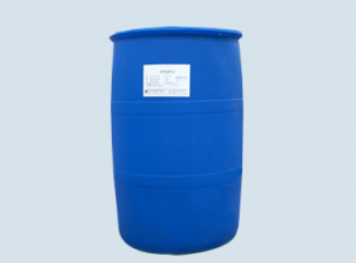The environmental protection performance of surfactants mainly refers to the toxicity and biodegradability of surfactants and the improvement of the absorption rate of surfactants to other chemical materials.

On this basis, a series of new surfactants have been successfully developed, such as alkyl polyglycosides (APG) and glucosamine (APA) produced by the reaction of glucose with lipids and alcohols or fatty acids; EDTA modified by EDTA has both surface activity and strong complexation ability with calcium and magnesium ions; Cetyl diphenyl ether monosulfonate (c16mads); Gemini surfactant; There are also cleavable and reactive biosurfactants.
Although the molecular structure of surfactants is characterized by amphiphilic molecules, not all amphiphilic molecules are surfactants. Only amphiphilic substances with sufficient length of lipophilic part are surfactants.
For example, in the fatty acid sodium salt series, compounds with few carbon atoms (sodium formate, sodium acetate, sodium propionate, sodium butyrate, etc.) have lipophilic and hydrophilic groups and have surface activity, but do not act as soap, so they can not be called surfactants. Only when the number of carbon atoms increases to a certain extent, sodium fatty acid shows obvious surface activity and has general soap properties. Most natural animal and vegetable oils are fatty acid esters containing C10 ~ C18. If these acids combine with a hydrophilic group, they will become lipophilic and hydrophilic surfactants with good solubility.
In the long-term production practice, it is found that the solution of some substances can greatly change the surface properties of the solvent even when the concentration is very small, and make it suitable for some production requirements, such as reducing the surface tension or interfacial tension of the solvent, increasing the wettability, washing, emulsification and foaming, etc. Soap, which is often used in daily life, is one of these substances. A remarkable feature of substances such as soap is that adding a small amount to water can greatly reduce the surface tension of water.